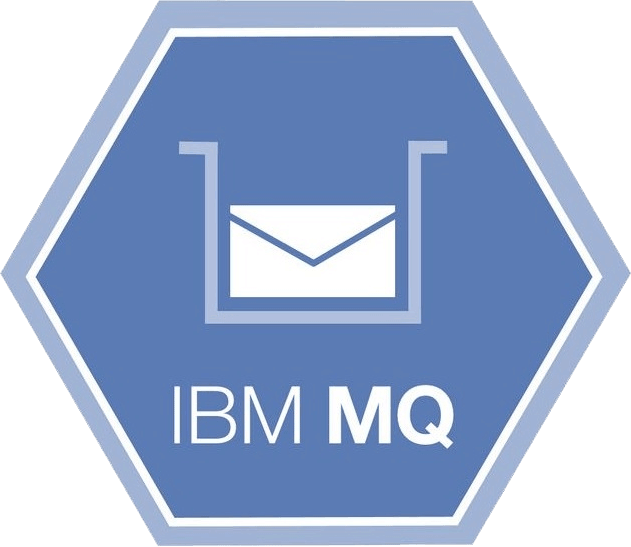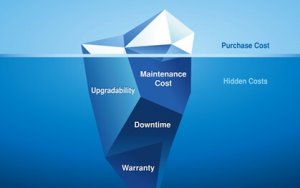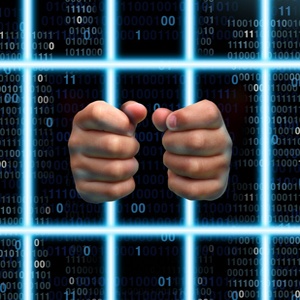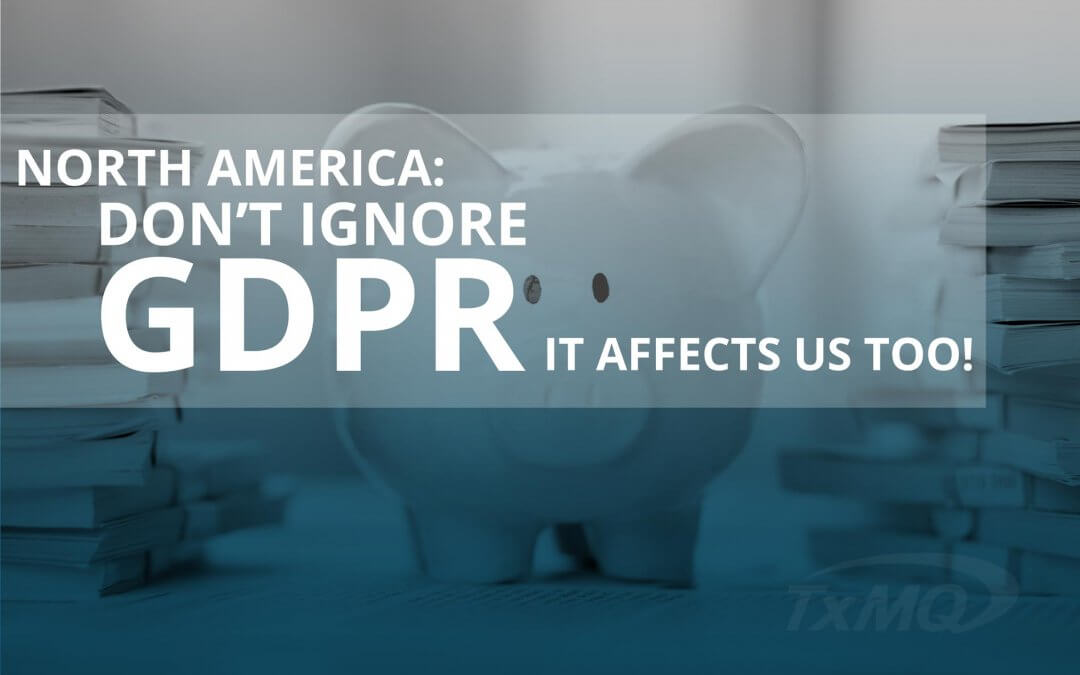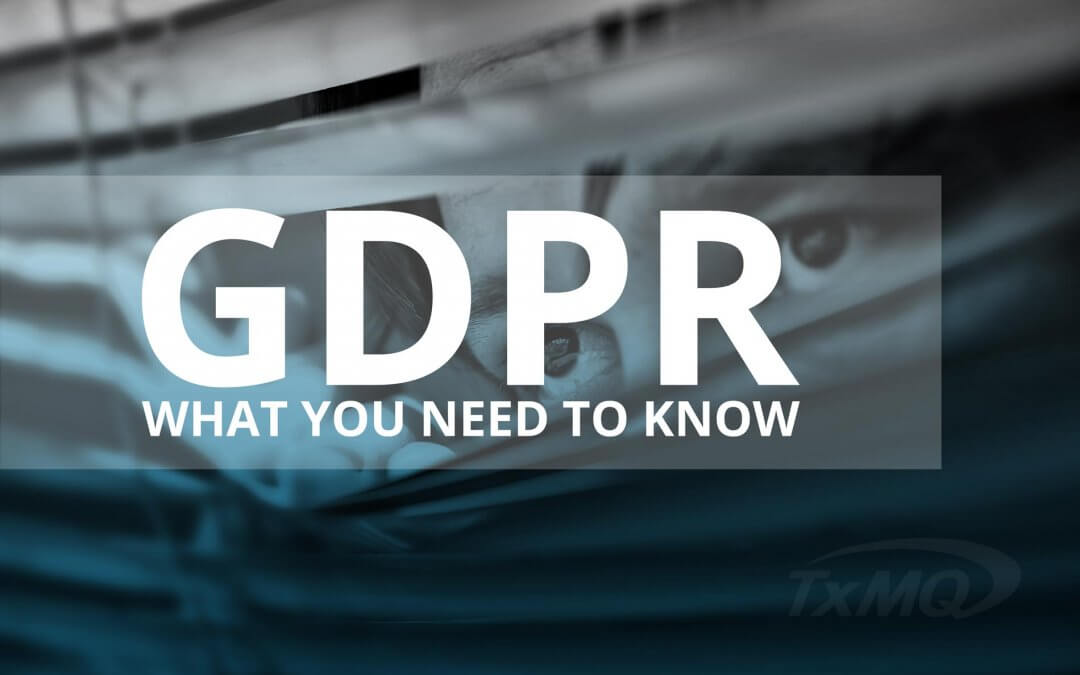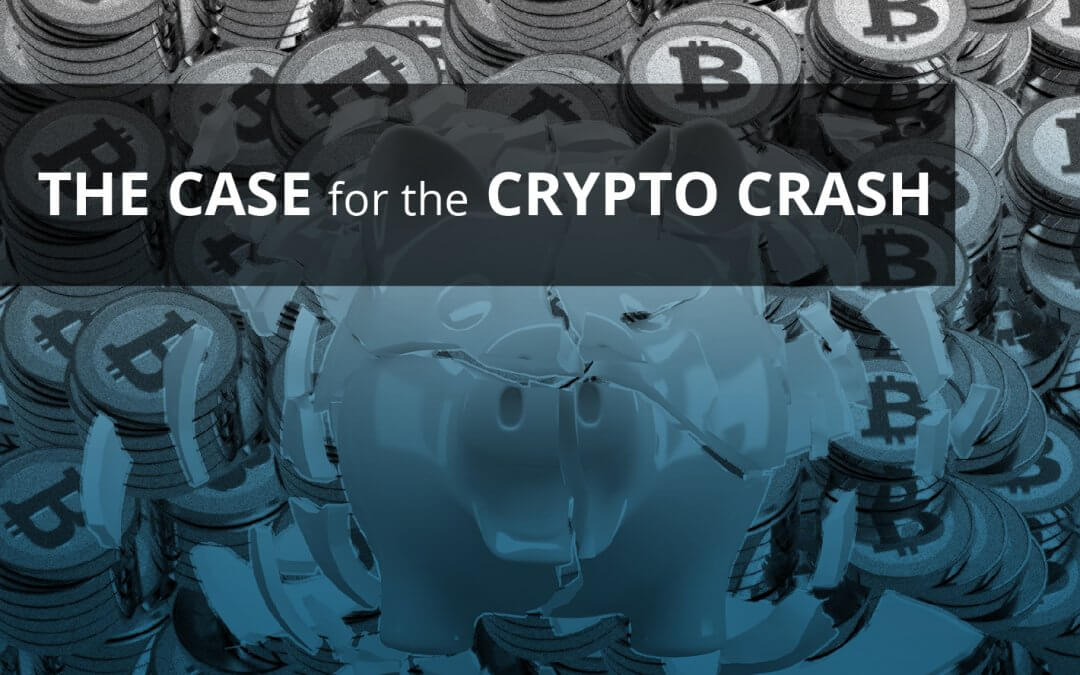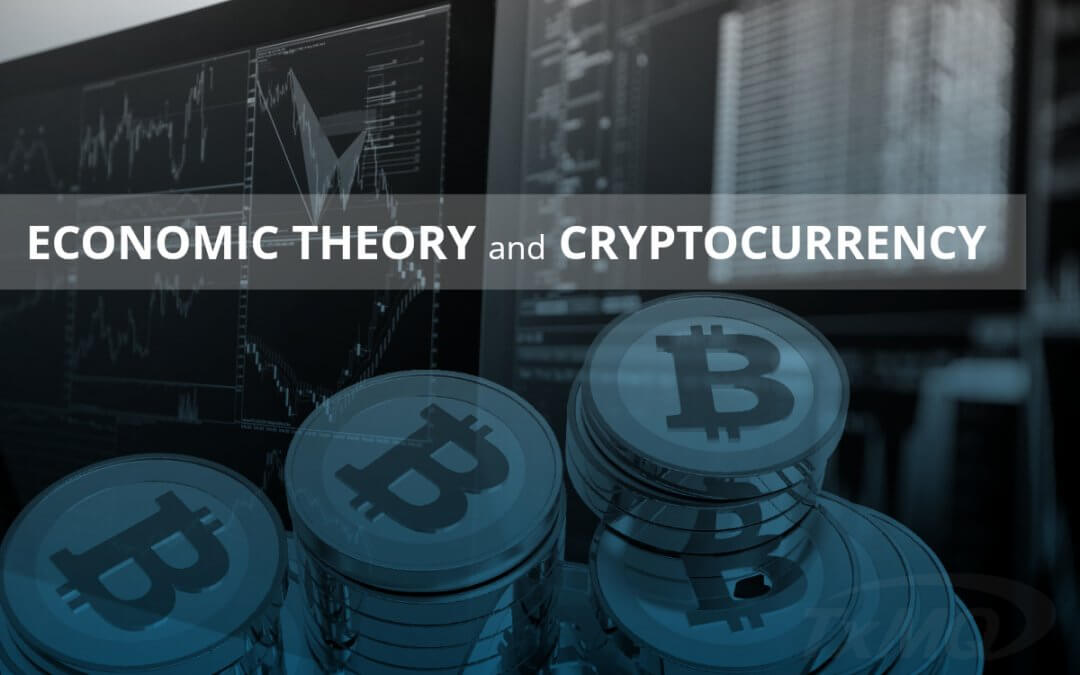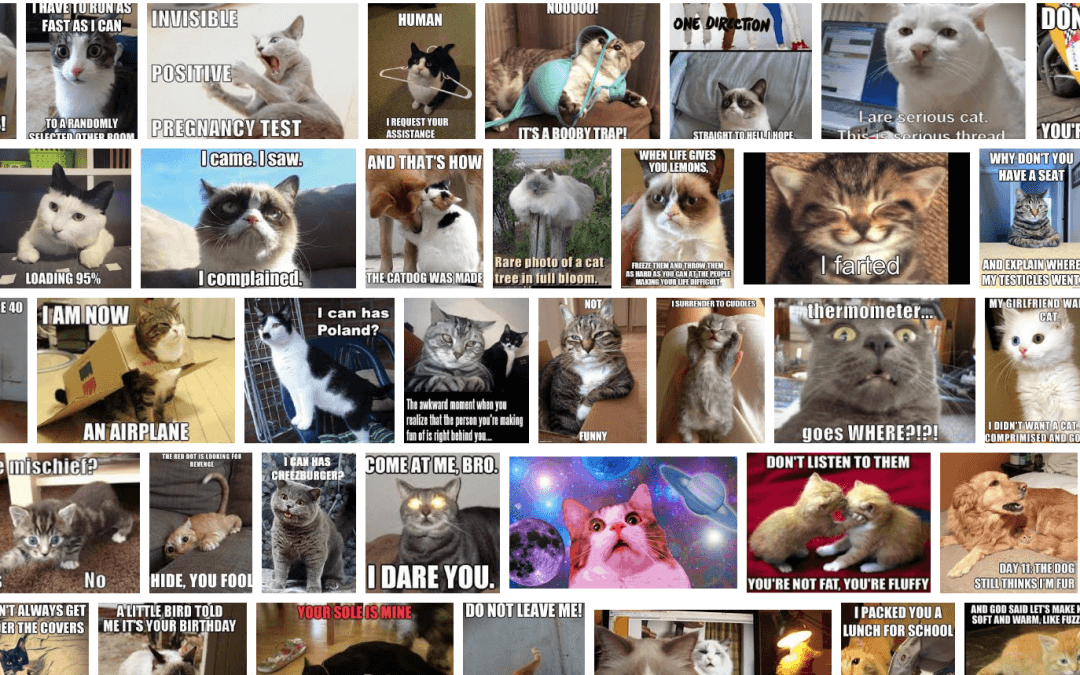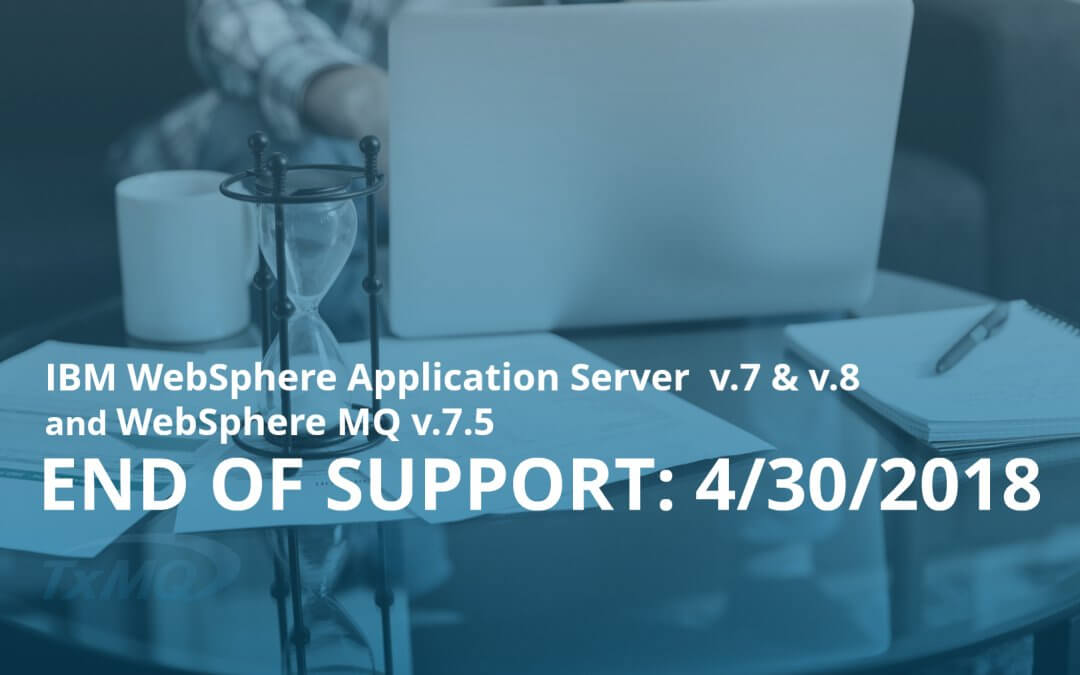Blockchain Basics: a Primer
Every short while, a technology comes along that promises to turn everything upside down.
Sometimes this happens, sometimes it’s hype.
Think of Yahoo’s search in it’s early days, later overturned by Google’s better algorithms and business model (they did, after all, download the entire internet at one time). There was peer-to-peer networking, popularized by Napster, Application (App) stores, and now, Blockchain has the valley, and startups buzzing away.
But is this hype or reality? Perhaps some of both.
Let’s start by defining Blockchain & Bitcoin
So what is Blockchain?
Blockchain is, at it’s a core, a new way to code, somewhat specific to assets, and primary as things relate to chain of custody.
It started with Bitcoin; but what is Bitcoin?
Bitcoin is one of many (though perhaps the most well known) of a new type of currency called crypto currency (aka digital currency).
The crypto references the highly secure nature of it. It is a virtual currency. There is no physical coin, bill, or other instrument. It’s computer code, plain and simply.
Bitcoin was first mentioned in a now infamous white paper authored by a person, or persons using the pseudonym Satoshi Nakamoto in 2008.
Though by no means the first reference to a digital currency, this paper detailed an innovative peer-to-peer electronic monetary system called Bitcoin that enabled online payments to be transferred directly, without an intermediary: person-to-person, or institution-to-institution.
It was built on what we now call Blockchain.
While obvious on the surface, there are dramatic limitations to physical transactions that are one-to-one. Person-to-person, entity-to-entity; both parties have to agree on value, typically both parties have to be present, and both parties have to bring along the matter and currency to be transacted.
In short, this doesn’t scale well.
This process led to the evolution from the barter systems of days gone by, to the establishment of monetary systems by the Romans and other societies to set published values for marks, coinage, and other instruments of currency (aka – a common currency).
Common currency led to the development of banks and other intermediary systems, like Federal Reserve banks, central banks, and other regulatory bodies, who set established value for mutually agreed upon instruments, whether they be coins, or paper money.
Yet these intermediaries have grown in power, can delay processing, and some feel, do not always add the value to the transaction that they charge to conduct it. These intermediaries do still provide valuable services; they track our funds, lend funds, and clear transactions for us when needed.
Imagine showing up to a house closing with a bag of gold.
No need, a cashier’s check from the bank, against a mortgage (another monetary instrument) is all you need (plus lots of contract paperwork).
So how might we move forward to a system both digital, yet trusted by all, whilst not compromising security?
Let’s track back to where we began: Bitcoin vs Blockchain
Bitcoin is a digital currency, built on a technology we call Blockchain. Blockchain is a distributed ledger technology; distributed, meaning, that multiple systems across the internet store identical information about an asset, or a data file.
Technically, these are redundant data files, kept in synchronization, that can be stored on the public internet, or in a closed, secured system, or both.
In the current, traditional banking system, our accounts are stored in a single centralized database. If a person transacts business (think of going to an ATM, or cashing a check) at a bank that they don’t hold an account at, the system we are accessing must link to and validate our information from said person’s home bank where the account records live.
When a digital transaction is carried out on a currency built on Blockchain (Bitcoin is but one of many digital currencies), it is grouped together in a cryptographically protected block with other transactions that have occurred in the last set amount minutes (typically ten minutes) and sent out to the entire network. From there, Miners (members in the network with high levels of computing power-basically powerful, specially constructed servers) then compete to validate the transactions by solving complex coded problems. The first miner to solve the problems and validate the block receives a reward. (In the Bitcoin Blockchain network, for example, a miner would receive Bitcoins).
The validated block of transactions is then timestamped and added to a chain in a linear, chronological order. New blocks of validated transactions are linked to older blocks, making a chain of blocks that show every transaction made in the history of that blockchain. The entire chain is continually synched with each instance so that every ledger in the network is the same, giving each member the ability to prove who owns what at any given time.
The Evolution of Blockchain
One example of the evolution and broad application of blockchain, beyond digital currency, is the development of the Ethereum public blockchain, which is providing a way to execute peer-to-peer contracts.
It is this decentralized, open and secure attribute, that allows for trust between parties, and eliminates the need for intermediaries. It’s also important to note that traditional hacking type attacks would struggle to crack this widespread system. You might be wondering why and/or how would hackers struggle to crack this widespread system? They would struggle since multiple systems and files would need to be accessed in order to execute a traditional hacking type attack, and almost simultaneously; meaning, the likelihood and feasibility of this happening hovers somewhere right around zero.
So is this hype or reality?
It is real enough that TxMQ has committed to building a Center of Excellence focused on building Blockchain solutions for our customers.
Already, use cases are being evaluated for industries as widespread as the airlines, global logistics, pharmaceuticals, banking and finance, and even personal health records, auto manufacturers, and real estate transactions. Imagine following the custody chain of drugs from point of manufacturer to ultimate consumption or destruction. Imagine the value to a car manufacturer if they knew the precise ownership and chain of custody of not just every vehicle manufactured, but of each and every after market part produced.
So our money is on reality more than hype.
Certainly, not all coding need be done using blockchain; yet the ability to digitize assets, and track the precise chain of custody, is game changing.
There are countless millions globally who are counted among the unbanked; whether they be people in areas too rural, or people who are just too distrustful of these systems. Yet, most of the population has a cell phone, and with that instrument, can have access to this newfound democratization of society. We’re already seeing companies like Apple hint at introducing peer to payment into their future operating systems.
For more information on Blockchain and Blockchain solutions, feel free to call or email us.
I’m always interested in hearing about new startup ventures, or talking with other cutting edge thinkers interested in Blockchain, digital currency mining, and other cutting edge ways of solving today’s challenges. Look me up at TxMQ.com, my personal blog at Chuckfried.com, or find me on LinkedIn.
